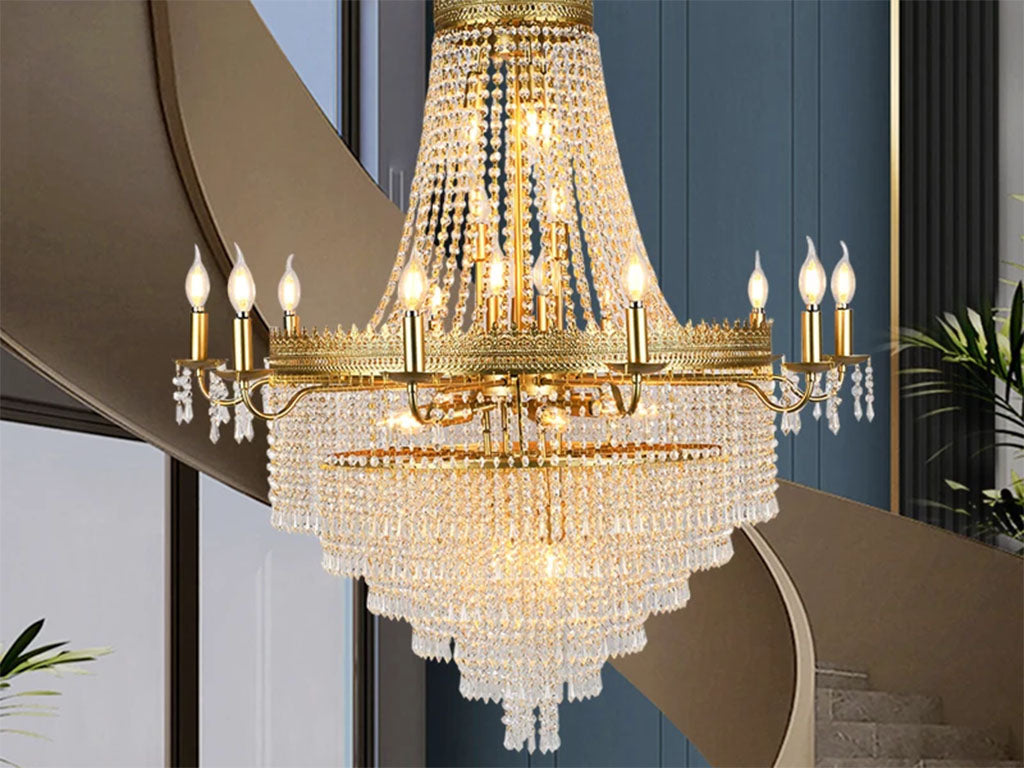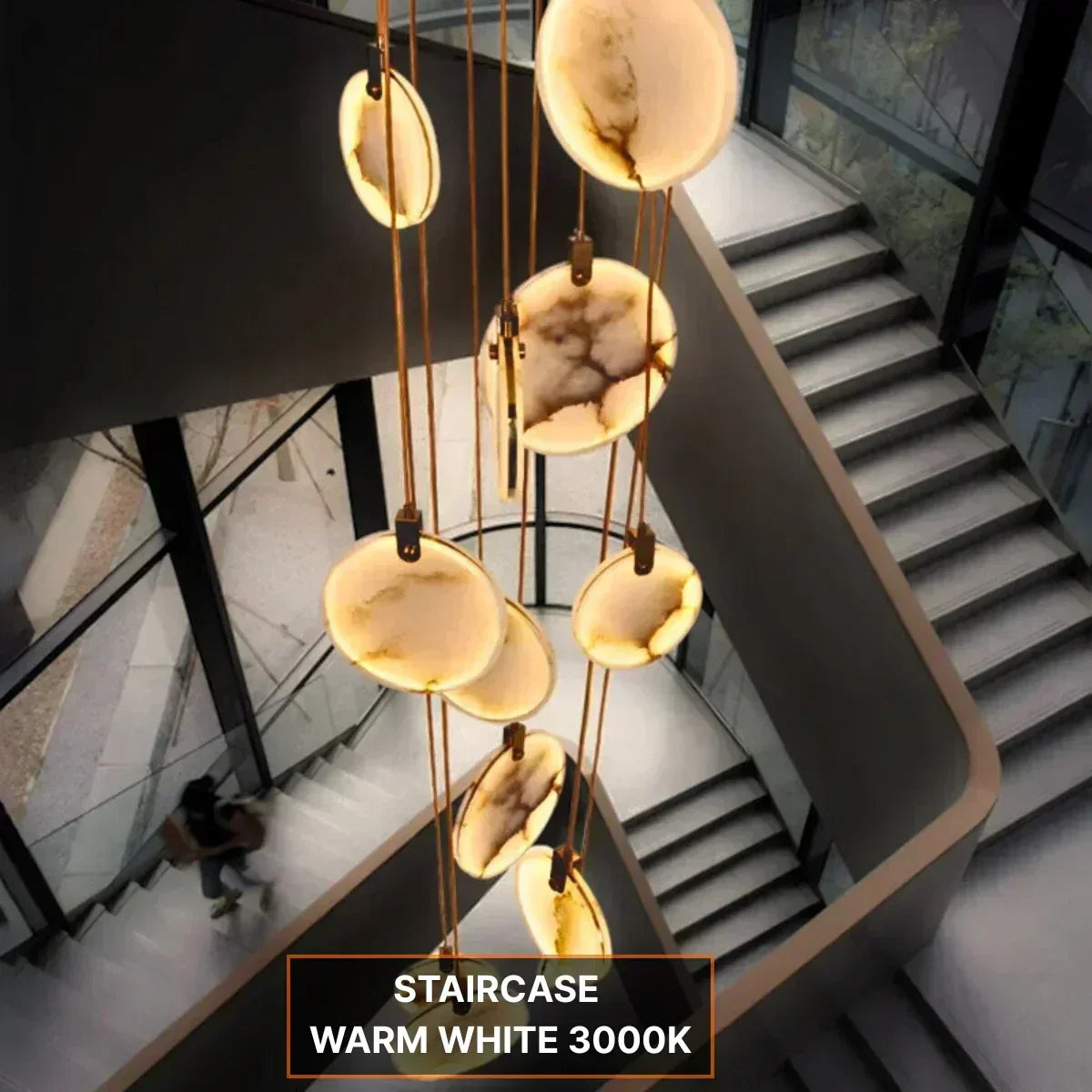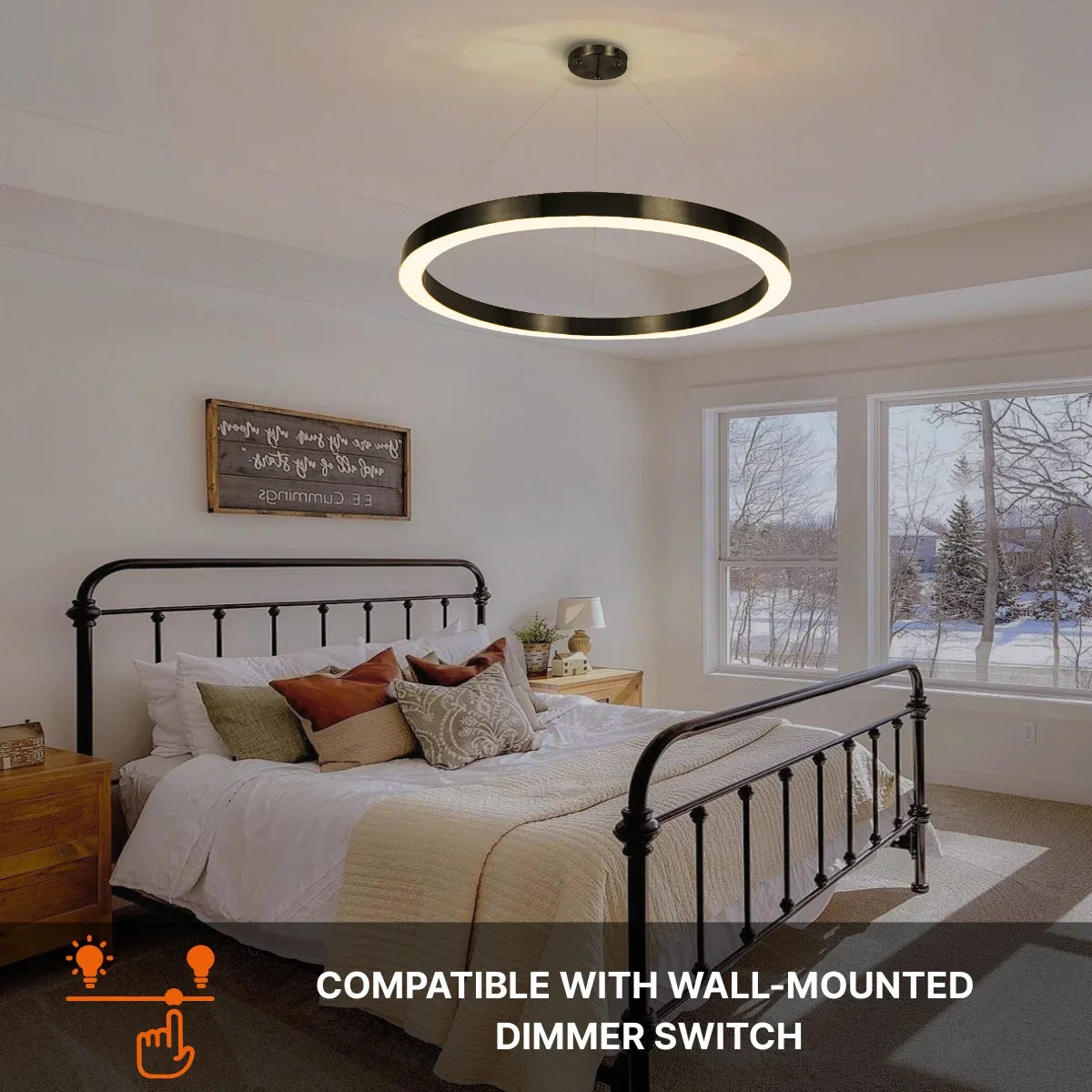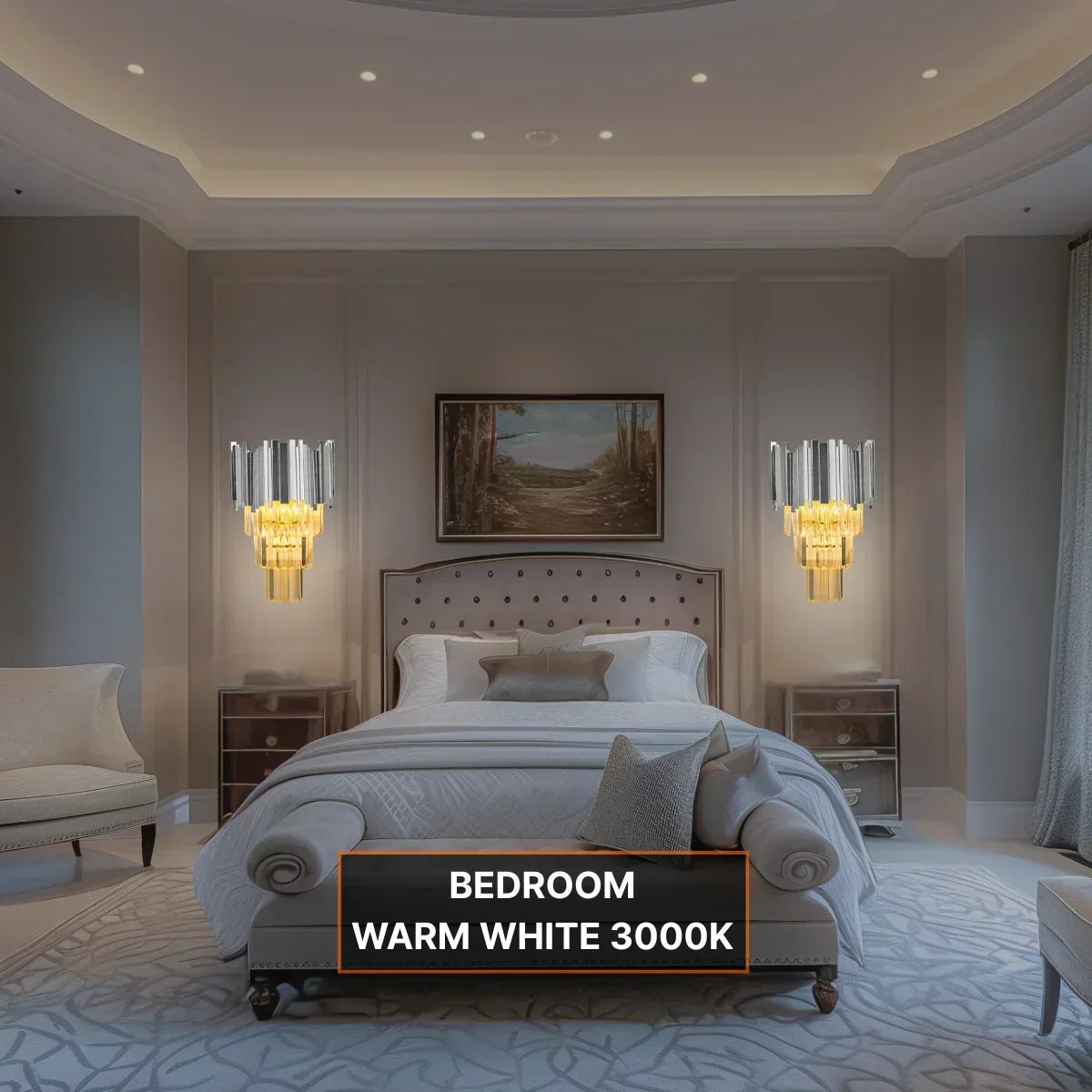In life, different Spaces choose different lighting, like the living room needs to be bright, the bedroom needs to be soft, so the choice of the power of the bulb is very important. When we often buy lamps or buy light sources, we often struggle with the choice of bulb wattage specifications, how to choose bulb power? What are the bulb specifications? The following is a detailed description of the power of the light source.
Key Factors in Bulb Power Selection
Room Size and Purpose:
Large living rooms: Require brighter bulbs (higher wattage or lumens) for general illumination.
Bedrooms: Often prefer softer, warmer light (lower wattage or lumens) for relaxation.
Kitchens and home offices: Need balanced lighting (medium wattage or lumens) to support various tasks.
Bulb Type:
Incandescent: Traditionally measured in watts, but less efficient.
Halogen: Similar to incandescent but more efficient.
CFL (Compact Fluorescent): More energy-efficient, but lumens are more relevant.
LED (Light Emitting Diode): Most energy-efficient, with lumens being the primary measure of brightness.
Desired Light Level:
Task lighting: Requires higher wattage or lumens for activities like reading or cooking.
Ambient lighting: Lower wattage or lumens for creating a relaxed atmosphere.
Accent lighting: Can vary depending on the desired effect, but often uses lower wattage bulbs.
Fixture Design:
Some fixtures are designed to amplify or diffuse light. Consider this when choosing bulb power.
Bulb Power Specifications and Recommendations
Living Room


Dining Room

Elders' Room

Children's Room

While wattage is still used for incandescent bulbs, lumens is the more accurate measure of brightness for modern bulbs (CFL, LED).
General Guidelines:
Room/Area Bulb Type Recommended Lumens
Living room LED 2,500-4,000 lumens
Bedroom LED 800-1,500 lumens
Kitchen LED 3,000-4,000 lumens
Dining room LED 2,500-3,500 lumens
Home office LED 1,500-2,500 lumens
Note: These are just general guidelines. Actual needs may vary based on room size, ceiling height, and personal preference.
Additional Tips
Color Temperature: Consider the color tone of the light (measured in Kelvin). Warmer tones (2700K-3000K) are often preferred for bedrooms, while cooler tones (4000K-6500K) are suitable for kitchens and offices.
Dimmable Bulbs: Offer flexibility in adjusting light levels to suit different moods or activities.
Energy Efficiency: Opt for LED bulbs to reduce energy consumption and save money.
By carefully considering these factors, you can select the perfect bulb power to create the desired atmosphere in your home.













Share:
How to choose hotel chandelier?
Vintage Chain Chandelier